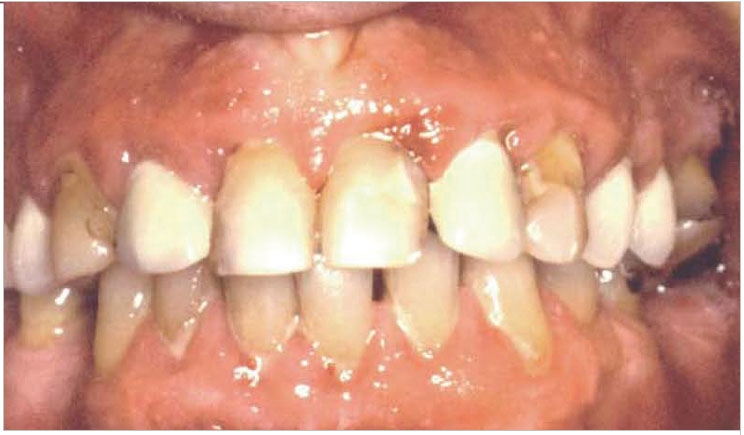
February is Gum Disease Awareness Month, according to the Institute for Advanced Laser Dentistry (IALD). While 50 million Americans have moderate to severe gum disease, 40 million don’t even know they have it—and 3% of those who do know don’t even seek treatment. It’s easily prevented, too. Untreated, though, it could lead to systemic problems like heart disease, diabetes, and more.
Every state except for California has acknowledged Gum Disease Awareness Month to educate citizens and promote prevention and treatment. Gum disease rates vary state by state, though. That’s why the International and American Associations for Dental Research (IADR/AADR) used periodontal data from the National Health and Nutrition Examination Survey, 2010 Census population counts, and smoking status estimates from the 2012 Behavioral Risk Factor Surveillance System to determine the extent of the disease in each state.
“We believe the ramifications of this study could increase access to oral health care for populations at higher risk for developing periodontitis,” said William Giannobile, editor in chief of the Journal of Dental Research, which published the study, “Predicting Periodontitis at State and Local Levels in the United States.”
The study looked at adults between the ages of 30 and 79. The southeast and southwest have the highest estimated prevalence of periodontitis, concentrated in pockets along the southeast, in the Mississippi Delta, along the Mexican border, and on Native American reservations. Southern Florida, Hawaii, and remote areas of western Alaska also have an estimated high prevalence. Similar geographic patterns were determined for severe periodontitis.
Specifically, prevalence of periodontitis ranged from 37.7% in Utah to 52.8% in New Mexico. Severe periodontitis ranged from 7.27% in New Hampshire to 10.26% in Louisiana. According to the researchers, their work represents the first time that periodontitis prevalence has been estimated at the state and local levels in the United States. They also say that their modeling approach complements public health surveillance efforts to identify areas with a high periodontitis burden, and their data could be used to develop policies and intervention strategies.
Related Articles
3-D Printing Promises a Custom Care Revolution
Oral Microbes Linked to Alzheimer’s Disease
Pancreatic Cancer Linked to Periodontal Disease











